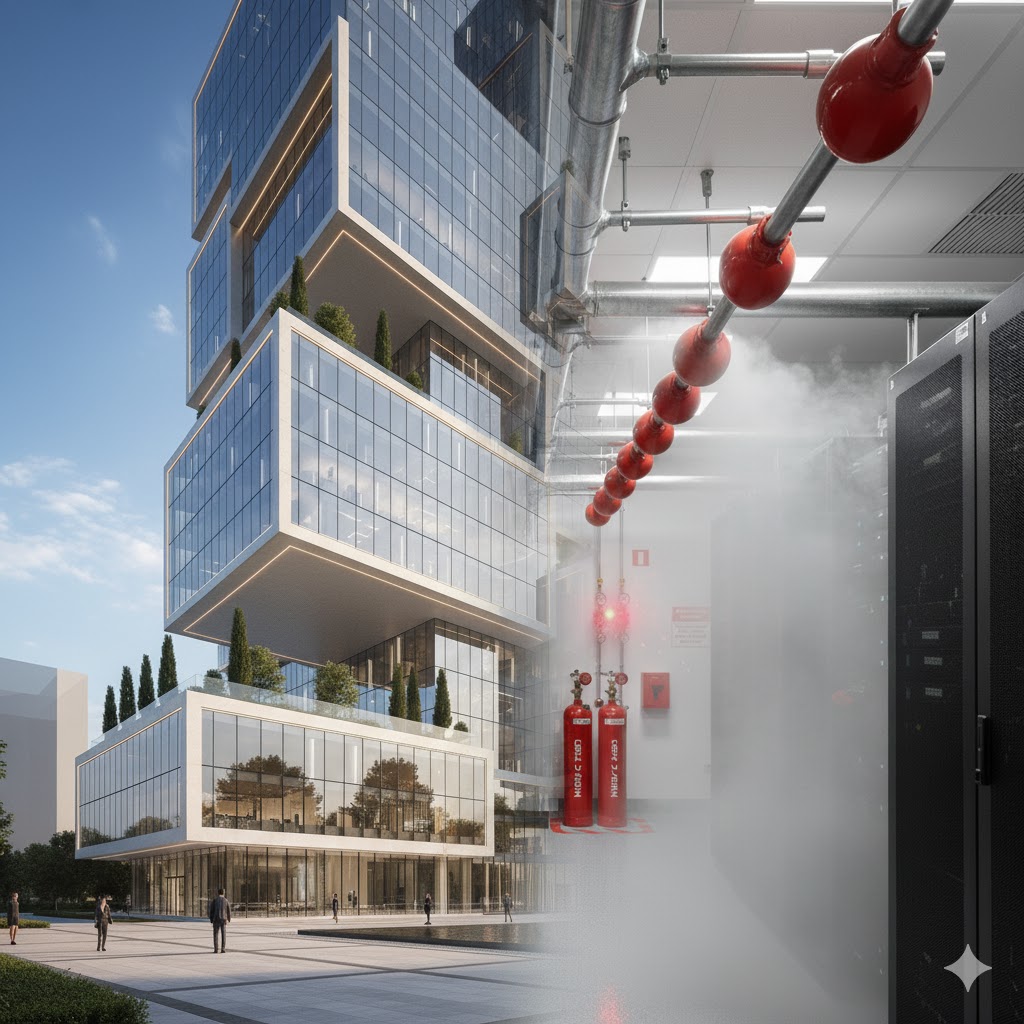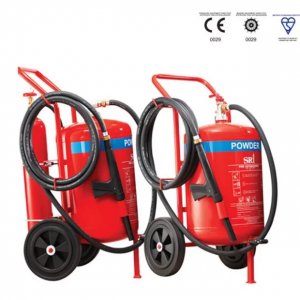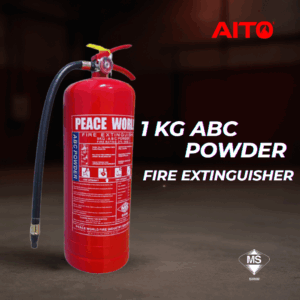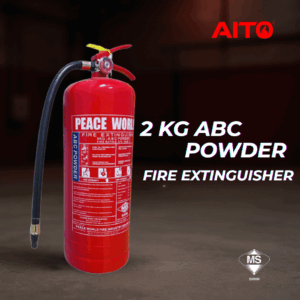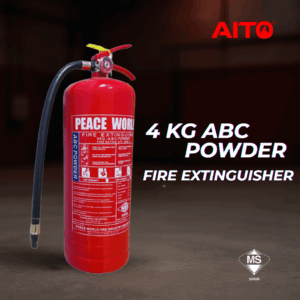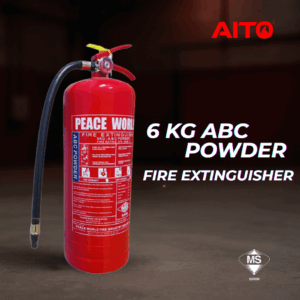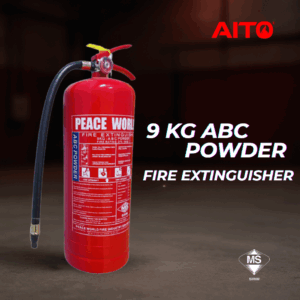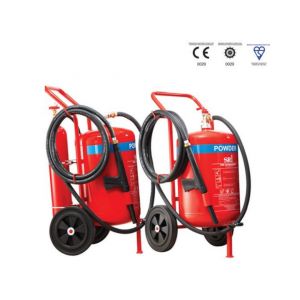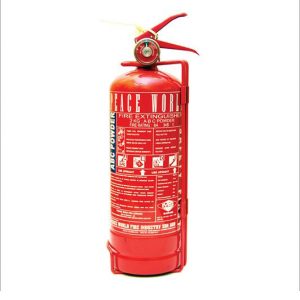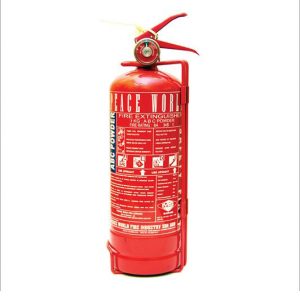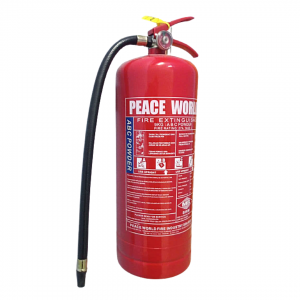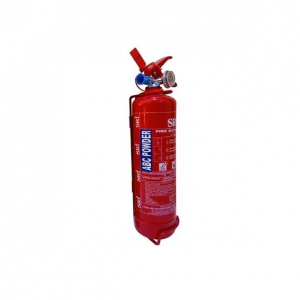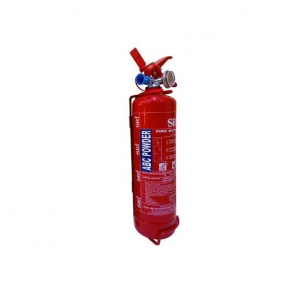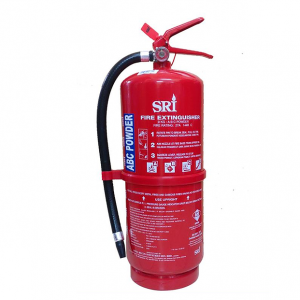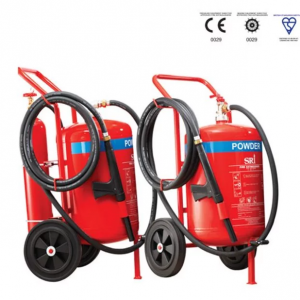Fire Suppression System: The Latest Protection for Modern Buildings and Industries
Introduction
In today’s fast-paced and highly automated world, the risk of fire in commercial buildings and industrial facilities has become a major concern. From manufacturing plants and warehouses to server rooms and data centers, every facility requires reliable protection to prevent costly downtime and asset loss.
One of the most effective modern solutions is the fire suppression system — a system designed to control or extinguish fires automatically before they spread, causing severe damage.
1. What Is a Fire Suppression System?
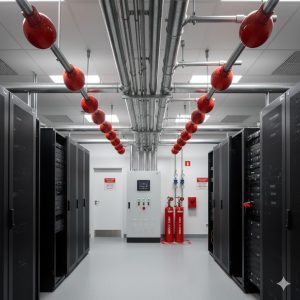
A fire suppression system is a specialized system that extinguishes or controls fire through automated activation. Unlike traditional water sprinklers, these systems use a variety of extinguishing agents such as:
Gas (FM200, NOVEC 1230, CO₂)
Foam
Dry chemical agents
High-pressure water mist
These systems act faster than manual intervention and are essential in critical areas where traditional water-based systems may cause damage.
2. Why Modern Buildings Need Fire Suppression Systems

Protects high-value assets
Industries like data centers, laboratories, and server facilities house expensive equipment that cannot be exposed to water or heat.
Reduces operational downtime
Even a small fire can shut down operations for days. Automated suppression systems minimize disruption.
Responds faster than human intervention
The system activates immediately when heat, smoke, or flames are detected.
Does not require large volumes of water
Ideal for environments where water damage would be catastrophic.
Enhances workplace safety
Critical for rooms with electrical equipment, chemicals, or machinery.
3. Common Types of Fire Suppression Systems
a. Gas Suppression Systems (FM200 / NOVEC 1230)
Best for:
Data centers
Server rooms
Control rooms
Benefits:
Leaves no residue
Safe for electronics
Fast-acting (within seconds)
b. CO₂ Suppression System
Suitable for:
Industrial machinery
Generator rooms
Benefits:
Extremely effective for fire control
Low cost
Note: Not suitable for occupied spaces due to breathing hazards.
c. Foam Suppression System
Recommended for:
Oil & gas facilities
Automotive workshops
Chemical storage areas
Benefits:
Smothers fire by removing oxygen
Highly effective for Class B fires (flammable liquids)
d. Dry Chemical / Powder System
Commonly used in:
Small factories
Commercial shops
Industrial spaces
Benefits:
Fast suppression
Works on multiple fire classes (A, B, C)
e. Water Mist System
Ideal for:
Hospitals
Museums
Hotels
Benefits:
Uses minimal water
Reduces water damage significantly
4. How a Fire Suppression System Works
Most systems operate through three key stages:
Detection
Sensors such as heat detectors, smoke detectors, or flame detectors identify signs of fire.
Activation
When the system reaches the danger threshold, it automatically releases the extinguishing agent.
Suppression
The agent — gas, foam, mist, or powder — works to extinguish or control the fire before it spreads.
5. Where Fire Suppression Systems Are Most Needed
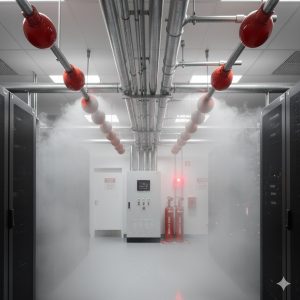
- Data centers and server rooms
- Industrial manufacturing plants
- Electrical and mechanical rooms
- Chemical and flammable liquid storage
- High-rise commercial buildings
- Hospitals, museums, libraries
These environments contain high-value assets or sensitive materials that require immediate fire control.
Conclusion
A fire suppression system is one of the most essential investments for modern buildings and industrial facilities. Beyond extinguishing fires, it protects valuable assets, ensures business continuity, and enhances overall safety.
As fire risks continue to evolve, advanced fire suppression technology provides the strongest and most reliable protection for your facility and workforce.
Get more information from us today.
Contact our team at 03-7831 4791 , browse our website at aito.com.my or email [email protected] for expert assistance.

